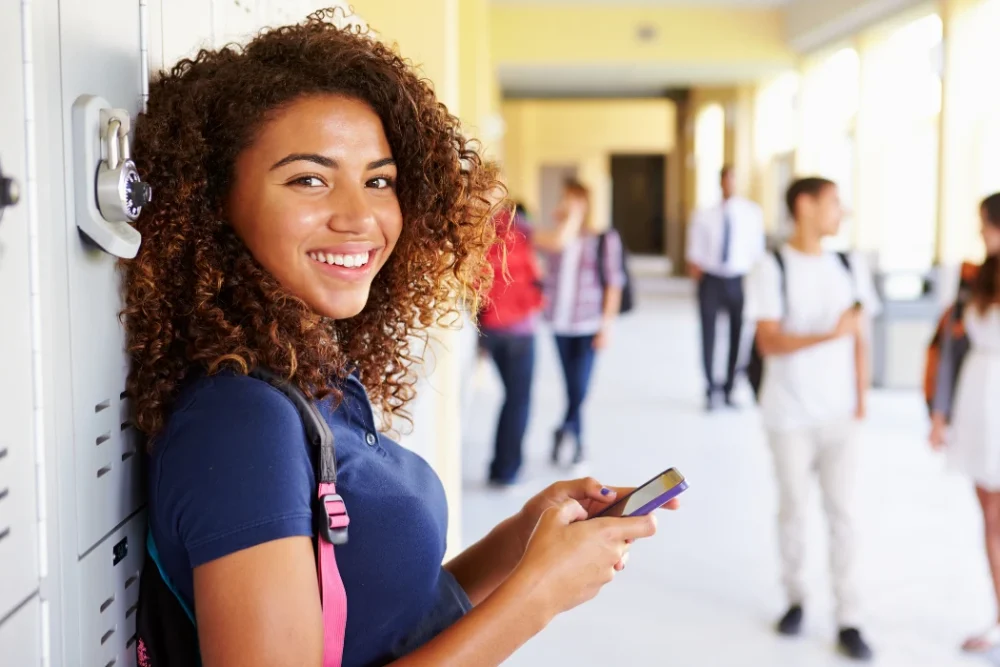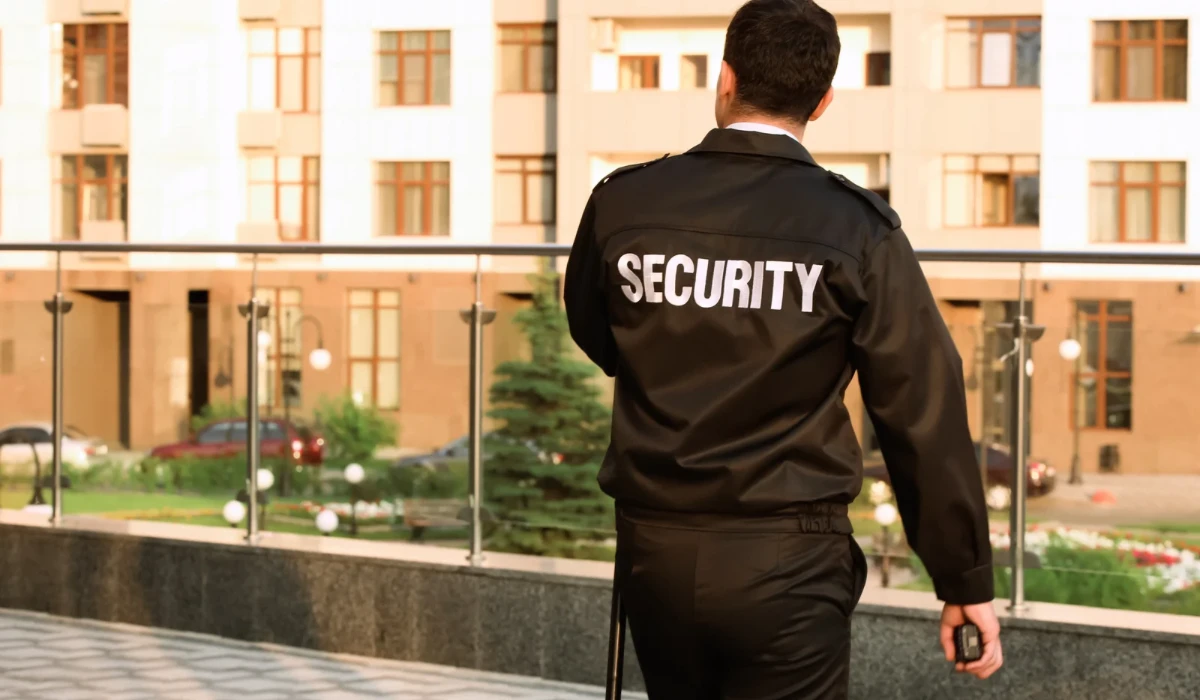Starting in Fall 2025, classrooms across New York State will “sound” a little different. Not because of new lessons but because of what won’t be heard: the buzzing, pinging, and scrolling of cellphones.
Governor Kathy Hochul’s newly enacted “bell-to-bell” cellphone ban in all public and charter schools is now entering the implementation phase, and districts across New York State are actively crafting their compliance plans. With growing concerns about smartphone addiction, cyberbullying, and declining classroom engagement, this significant ban aims to reshape the educational environment and return students’ focus to learning.
“We’ve protected our kids from cigarettes, alcohol, and drunk driving,” Governor Hochul stated at a press conference in May. “Now we’re protecting them from addictive technology designed to hijack their attention.”
Districts in Albany, Schenectady, and Long Island have begun community meetings to discuss rollout options, including how to handle parental communication and emergency protocols.
The Law and Local Plans
Known as “bell-to-bell,” the new regulation mandates a complete restriction on personal internet-enabled devices, including smartphones, smartwatches, and tablets, from the start to the end of the school day. That includes class time, lunch, study hall, and hallway transitions.
However, this isn’t a one-size-fits-all prohibition. Students who rely on devices for medical conditions, IEP accommodations, and language translation are exempt. Also, non-smartphones without internet access are still allowed, and any school-issued devices used strictly for learning purposes are unaffected.
While the ban is a state law, it’s up to each individual school district to roll out a plan that fits their culture. The state has allocated $13.5 million to help schools purchase secure storage options like lockable pouches or lockers. “We will need to adapt our policies,” said one district official anonymously. “Students might push back, but we believe this will help teachers maintain order and attention.”
Many school leaders are exploring a model similar to the Yondr pouch system, where phones are locked away but remain in the student’s possession.
The Support and The Argument
The reaction has been mixed but mostly supportive. Teachers are applauding the shift. “This isn’t just about phones, it’s about peace of mind,” said Brooklyn teacher Malika James. “I’ve watched kids get into physical fights over Snapchat posts in my classroom. This policy is overdue.”
With rising data showing that smartphone overuse contributes to anxiety, sleep disorders, and academic decline among adolescents, the state hopes that this policy will re-establish schools as places of social connection, not screen dependency.
“You can’t learn if you’re not mentally present,” said education advocate Barbara Duffield.
Some parents, however, remain cautious. “I want my daughter to focus on school, but I also want to know she can call me if something happens,” said Queens parent Darnell Martinez. “I hope schools put in a solid plan for communication.”
The Governor’s office has confirmed that all schools must have an accessible system for emergency contact between parents and students during school hours.
Districts have until the end of the summer to finalize their plans. Implementation reports will be submitted to the New York State Education Department (NYSED), and a statewide review will follow after the first semester.





